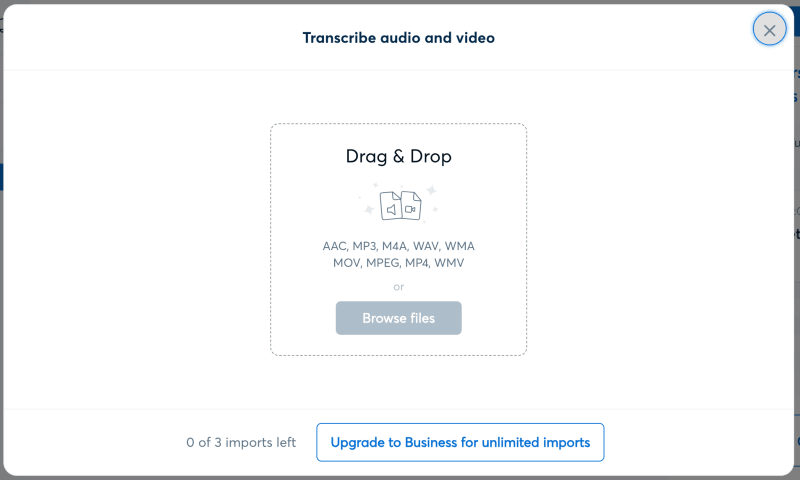Introduction
Hello everyone! In this article, I'll be writing an article not about programming but about language learning hacks. Are you currently in a situation where you need to use a language other than your native language, or perhaps you're eager to learn for future career prospects?
In situations like this, online language learning platforms such as Cambly, which can be easily accessed from anywhere, prove to be extremely convenient and beneficial for learning.
Recently, I've come up with some highly efficient and effective language learning hacks for online language learning, and I'd like to share them with you. While I'm presenting these as hacks for online language learning, they can potentially be applied in various situations such as online meetings, etc. If you're interested, feel free to explore and adapt them to your own needs.
Record Conversation
First, you need to record the conversation. For example, with platforms like Cambly, after a lesson, the video call with the tutor is automatically recorded in its website and can be downloaded. If the online language learning course you are using does not have a recording feature, services like Otter can be useful. Prepare before the lesson starts and record both the tutor's voice and your own.
Use Otter for transcription
Next, we need to transcribe recorded audio into text. Otter has a convenient feature to transcribe audio from uploaded files, supporting both audio and video files. For instance, if you're using Cambly, the process involves; 1. Downloading the video file from Cambly and 2. Importing it into Otter to convert it into text.
Finally, you get a converted text file of your conversation!
※ With this process, you can also convert video to audio files.
※ The free plan have limitations on usage, such as the number of times you can use it (as of December 2, 2023). Heavy users may need to consider paid subscription.
Use ChatGPT to summarize and list up tasks
This process is crucial. Paste the transcribed text into ChatGPT and summarize it according to your learning objectives. The example questions are:
- Please point out grammatical errors made by the learner. List phrases, words, and expressions the learner should focus on.
- Create a bullet-point list of words to learn, including pronunciation symbols, meanings, and example sentences.
- Highlight any unnatural expressions used during the conversation.
※ When you ask question, you can use your mother language if it's needed.
By submitting such questions, ChatGPT will summarize key points from the conversation and provide responses. Also, since AI may not be 100% accurate, it's advisable to refer back to the original text as needed while summarizing.
(Option) Use Anki Card
By following the steps explained so far, you have been able to quickly identify key points to learn and future tasks! However, the listed tasks are likely to be quite extensive.
To address and solidify the learner's knowledge, I recommend using an app called Anki. This app is available on both PC and smartphones, allowing learners to manage content that needs effective review based on the Ebbinghaus's Forgetting Curve.
Personally, I save what I've learned in Notion, use a third-party service called 2Anki to create Anki cards, and finally, migrate to the Anki app for usage. If you're interested, I encourage you to explore and make use of it.
Conclusion
The method I introduced this time involved trial and error before I arrived at it. What I learned is that one should focus on "what to learn" as much as possible and minimize the necessary preparations for that. For instance, if you don't record audio, it takes effort to recall the day's lesson, and carefully reviewing scribbled notes taken during the lesson.
Moreover, transcribing audio to text and having only the text can be extremely time-consuming due to the vast amount of content. Using AI and technology effectively can reduce unnecessary time, improving learning efficiency. So, if there are learners who are doing similar things, I would highly recommend to utilize technologies like I explained in this article.
Thank you for reading!










Top comments (0)